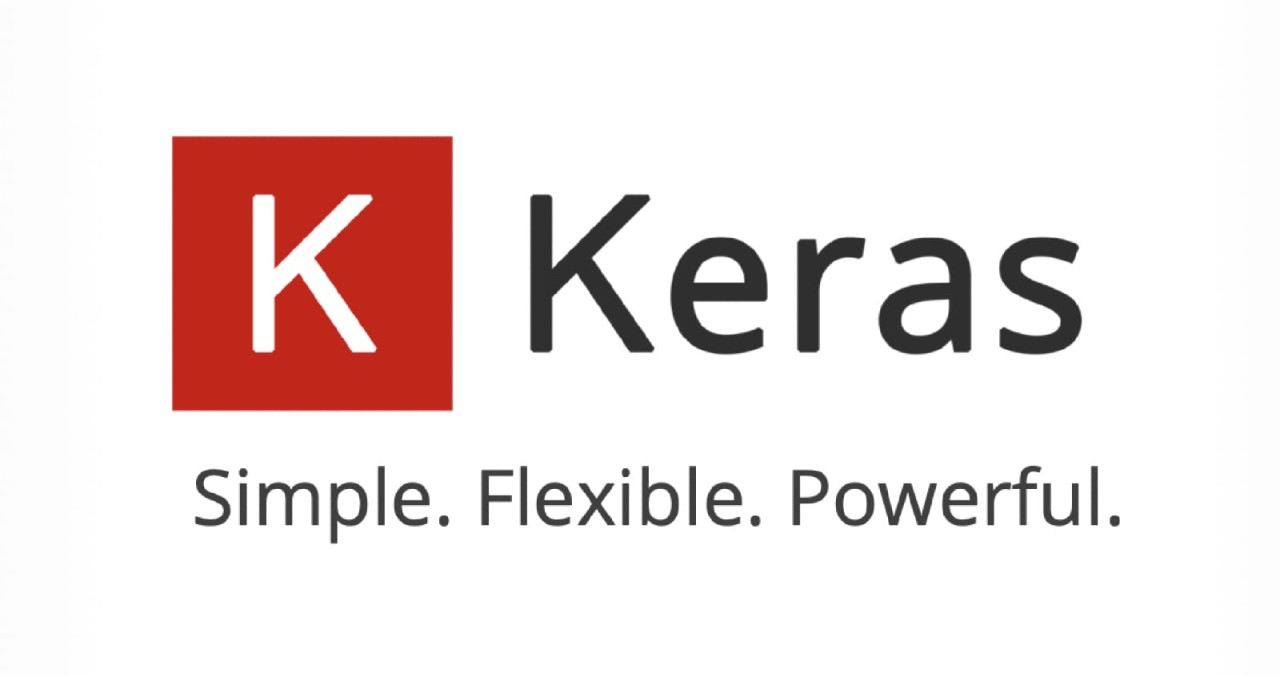By ATS Staff - June 2nd, 2025
Artificial Intelligence Machine Learning Python Programming Software Development
What is Keras?
Keras is an open-source high-level neural networks API written in Python. It is designed to enable fast experimentation with deep learning models, providing a user-friendly and modular interface for building and training neural networks. Initially developed by François Chollet, Keras is now part of TensorFlow as tf.keras, making it the official high-level API for TensorFlow.
Key Features of Keras
- User-Friendly and Modular
Keras provides a simple and intuitive interface, making it easy for beginners to get started with deep learning while allowing experts to customize models efficiently. - Supports Multiple Backends
Originally, Keras supported multiple backends like TensorFlow, Theano, and Microsoft Cognitive Toolkit (CNTK). However, since TensorFlow 2.0, Keras has been tightly integrated into TensorFlow astf.keras. - Easy Prototyping
With just a few lines of code, users can define, train, and evaluate deep learning models, making it ideal for rapid experimentation. - Extensible and Flexible
Keras allows customization of layers, loss functions, optimizers, and metrics, making it suitable for both research and production environments. - Broad Compatibility
Keras models can run on CPUs and GPUs and can be exported to various platforms, including mobile and web applications.
Why Use Keras?
- Simplifies Deep Learning – Keras abstracts much of the complexity of TensorFlow and PyTorch, making deep learning more accessible.
- Wide Adoption – Used in academia and industry for research, prototyping, and deployment.
- Pre-trained Models – Provides access to state-of-the-art pre-trained models (e.g., VGG16, ResNet, BERT) via
keras.applications. - Scalability – Works seamlessly with TensorFlow, allowing distributed training and deployment.
Getting Started with Keras
Installation
Since Keras is now part of TensorFlow, you can install it via:
pip install tensorflow
Building a Simple Neural Network
Here’s an example of a basic neural network for image classification using the MNIST dataset:
import tensorflow as tf
from tensorflow import keras
# Load dataset
mnist = keras.datasets.mnist
(train_images, train_labels), (test_images, test_labels) = mnist.load_data()
# Preprocess data
train_images = train_images / 255.0
test_images = test_images / 255.0
# Build the model
model = keras.Sequential([
keras.layers.Flatten(input_shape=(28, 28)),
keras.layers.Dense(128, activation='relu'),
keras.layers.Dense(10, activation='softmax')
])
# Compile the model
model.compile(optimizer='adam',
loss='sparse_categorical_crossentropy',
metrics=['accuracy'])
# Train the model
model.fit(train_images, train_labels, epochs=5)
# Evaluate the model
test_loss, test_acc = model.evaluate(test_images, test_labels)
print(f"Test Accuracy: {test_acc}")
Key Components of Keras
- Layers – Building blocks of neural networks (Dense, Conv2D, LSTM, etc.).
- Models –
Sequential(linear stack of layers) andFunctional API(for complex architectures). - Optimizers – Algorithms like
Adam,SGD, andRMSpropfor training. - Loss Functions –
categorical_crossentropy,mean_squared_error, etc. - Metrics –
accuracy,precision,recallfor evaluating performance.
Advanced Keras Features
- Custom Layers & Models – Subclassing
keras.layers.Layerandkeras.Modelfor custom architectures. - Callbacks – Monitor training with
EarlyStopping,ModelCheckpoint, andTensorBoard. - Transfer Learning – Fine-tune pre-trained models like VGG16 or BERT.
- Distributed Training – Train models across multiple GPUs or TPUs using
tf.distribute.
Keras vs. TensorFlow vs. PyTorch
| Feature | Keras | TensorFlow | PyTorch |
|---|---|---|---|
| Ease of Use | High | Medium | Medium |
| Flexibility | Medium | High | High |
| Deployment | Easy | Strong | Growing |
| Research Use | Common | Common | Dominant |
Keras is ideal for quick prototyping, while TensorFlow and PyTorch offer more low-level control.
Conclusion
Keras is one of the most popular deep learning frameworks due to its simplicity, flexibility, and seamless integration with TensorFlow. Whether you're a beginner or an expert, Keras provides the tools needed to build, train, and deploy deep learning models efficiently.
For more details, check out the official Keras documentation. Happy deep learning! 🚀
Popular Categories
Agile 2 Android 2 Artificial Intelligence 50 Blockchain 2 Cloud Storage 3 Code Editors 2 Computer Languages 12 Cybersecurity 8 Data Science 15 Database 5 Digital Marketing 3 Ecommerce 3 Email Server 2 Finance 2 Google 6 HTML-CSS 2 Industries 6 Infrastructure 3 iOS 3 Javascript 5 Latest Technologies 42 Linux 5 LLMs 11 Machine Learning 32 Mobile 3 MySQL 2 Operating Systems 3 PHP 2 Project Management 3 Python Programming 26 SEO - AEO 5 Software Development 44 Software Testing 3 Web Server 7 Work Ethics 2